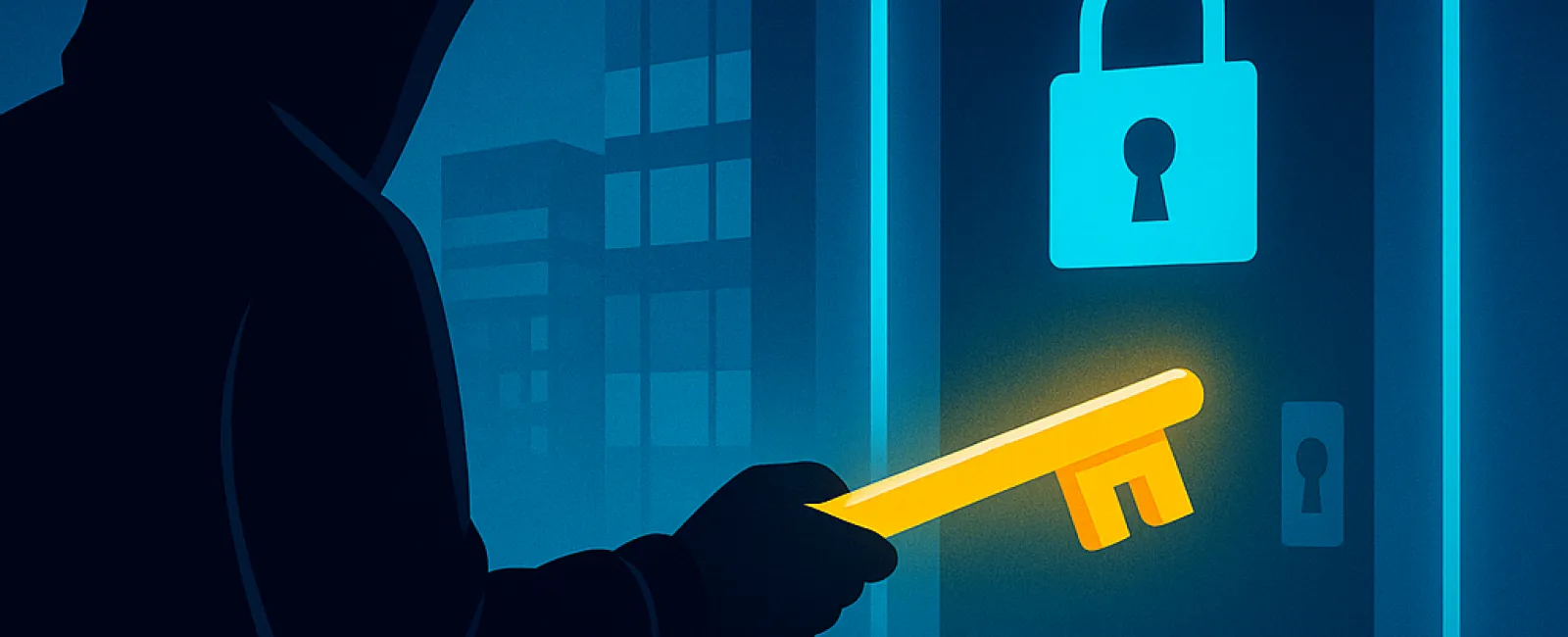August 04, 2025
Cybercriminals are evolving their tactics to target small businesses more effectively. Instead of forcefully breaking in, they now exploit stolen login credentials to gain silent access.
This method, known as identity-based attacks, has become the leading technique hackers use to infiltrate systems. They steal passwords, deceive employees with convincing phishing emails, or bombard users with excessive login requests until someone inadvertently grants access. Unfortunately, these strategies are proving alarmingly successful.
Recent data from a cybersecurity firm reveals that 67% of major security breaches in 2024 originated from compromised login details. High-profile companies like MGM and Caesars suffered such attacks the year prior, proving that no business is immune—small businesses especially remain at risk.
How Do Hackers Break In?
Most attacks begin with something as simple as a stolen password, but the methods have become increasingly sophisticated:
· Phishing emails and counterfeit login pages trick employees into revealing sensitive information.
· SIM swapping enables hackers to intercept text messages used for two-factor authentication (2FA).
· MFA fatigue attacks overwhelm your phone with login approvals until someone mistakenly accepts.
Attackers even exploit personal devices of employees or third-party vendors like help desks and call centers to find entry points.
Protecting Your Business Starts Here
The good news? You don't need to be a cybersecurity expert to safeguard your company. Implementing a few key strategies can dramatically improve your defenses:
1. Enable Multifactor Authentication (MFA)
Add an extra layer of security by requiring more than just a password. Choose app-based or hardware key MFA options, which are far more secure than SMS codes.
2. Educate Your Team
Your employees are your first line of defense. Train them to identify phishing attempts and suspicious activities, and establish clear procedures for reporting potential threats.
3. Restrict Access Privileges
Limit employee access strictly to what they need. This minimizes damage if an account is compromised, preventing hackers from moving freely within your systems.
4. Adopt Strong Password Practices or Go Passwordless
Encourage the use of password managers or advanced authentication methods like biometric logins and security keys that eliminate the need for passwords altogether.
The Bottom Line
Hackers relentlessly target login credentials with ever more inventive tactics. Staying one step ahead doesn't require you to tackle this challenge alone.
We're here to help you implement robust security measures that protect your business without complicating your team's workflow.
Wondering if your business is at risk? Let's talk. Click here or give us a call at 336-904-2445 to book your 15-Minute Discovery Call.





